Ancient Encounters
Ellora Caves Aurangabad India
Mother Masala Tours
Carvings of Eternity
Ellora Caves Aurangabad India. Located in Maharashtra, are a spectacular ensemble of rock-cut monuments that date back to the 6th to 10th centuries CE. As we approach this Unesco World Heritage Site, we take a moment to appreciate its stunning surroundings, which encompass 34 monasteries and temples carved into the high basalt cliffs. This impressive feat was accomplished by dedicating labor over centuries by skilled artisans, embodying a unique blend of Buddhism, Hinduism, and Jainism. Dating back to A.D. 600, the earliest caves reflect Buddhist influences, during the Mahayana phase. One prominent figure in this history is Kailasa, the most ambitious rock-cut temple, executed under the reign of the Rashtrakuta Dynasty.
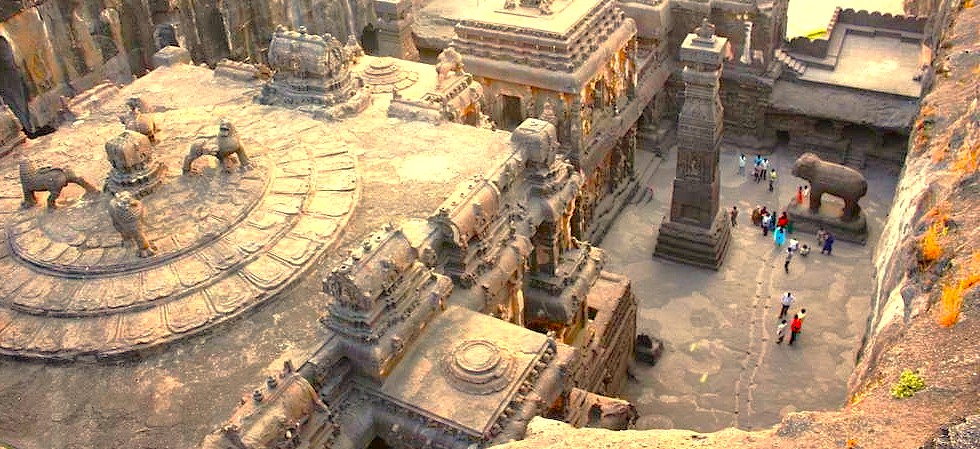
Ellora Caves Aurangabad India: Sacred Spaces
Offering a spectacular collection of sacred spaces where spirituality and architecture intertwine. Among the 34 caves, Cave 16, known as the Kailasa Temple, stands out for its immense scale and intricate carvings. The temple was carved from a single rock, revealing the ingenuity of ancient craftsmen. Each cave features remarkable icons representing various deities, including Buddha, Shiva, and Jain Tirthankaras, with each cave reflecting its associated faith. Whether walking through the Buddha Viharas or standing in awe before the ornate pillars of Kailasa, one cannot help but feel embraced by the tranquility that these sacred spaces provide.
Ancient Mosaics: Impeccable Craftsmanship
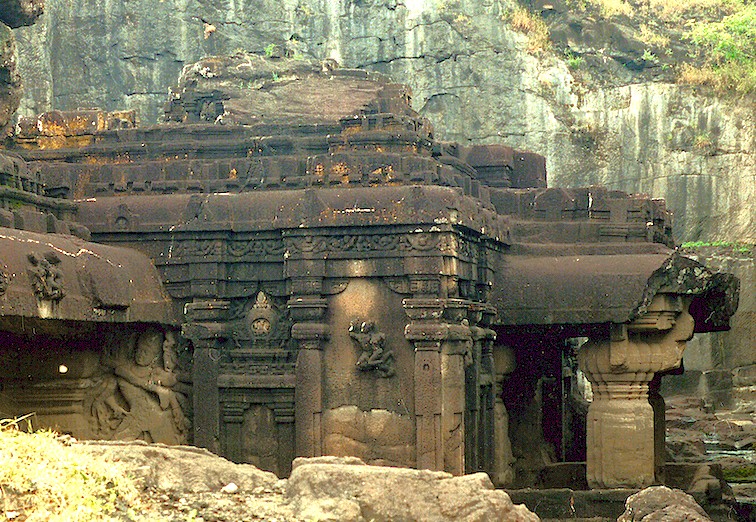
The craftsmen who carved these caves were adept at working with the region's basalt rock, transforming it into stunning art. The intricate sculptures depict a wide array of deities, celestial beings, and mythological scenes that reveal the rich narratives of the times. Cave 10, also known as the Carpenter's Cave, features remarkable woodwork-inspired carvings despite being carved from stone. The Kailasa Temple is perhaps the most astounding example of this craftsmanship. Completed in A.D. 800, the temple is adorned with elaborate sculptures, including a striking depiction of Ravana attempting to lift Mount Kailasa.
The Pulse of the Local Community
Ellora Caves Aurangabad India. The local communities surrounding the are known for their warmth and hospitality. The residents take great pride in their heritage and view the caves not just as tourist attractions but as a vital part of their identity. You will find that the atmosphere in the area is calm and engaging, with locals eager to share stories about their history and culture. This connection to their ancestors resonates through various community activities. Many families are involved in traditional crafts, creating artworks and souvenirs inspired by the caves' intricate designs.
Capturing the Magic: A Photographic Haven
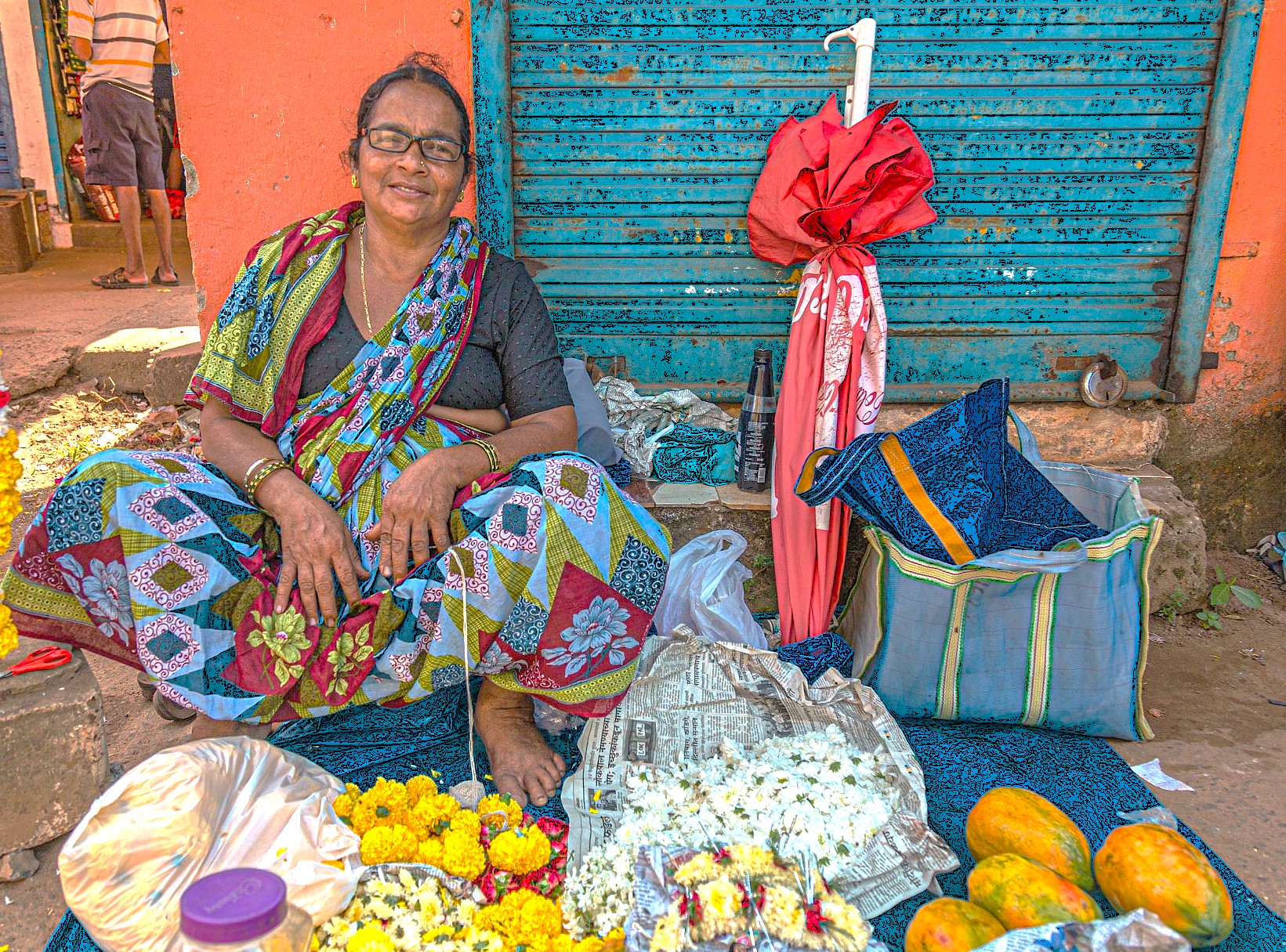
The opportunity to capture stunning photographs awaits. The interplay of light and shadow within the caves creates a unique atmosphere, perfect for photography. The dramatic sculptures, ancient carvings, and the overall layout of the caves offer countless angles and compositions for us to explore. As we wander through the caves, the ornate details and intricate designs invite us to document our journey visually. Whether it's the magnificent façade of the Kailasa Temple or the interiors of the Buddhist caves, each frame tells a story of artistry and devotion, serveing as a sanctuary for photographers and enthusiasts alike.
A Culinary Journey: Savor the Flavour
Local cuisine around Ellora reflects the agricultural bounty of the region combined with historical influences. One must-try dish is Biryani, a fragrant rice dish made using long-grain basmati rice, tender meats like mutton or chicken, and a blend of spices. Ingredients typically include saffron, cardamom, cloves, and various herbs, slow-cooked to reach perfection. This dish is renowned for its depth of flavor and is often enjoyed during festive occasions.
The Connection with the Gods
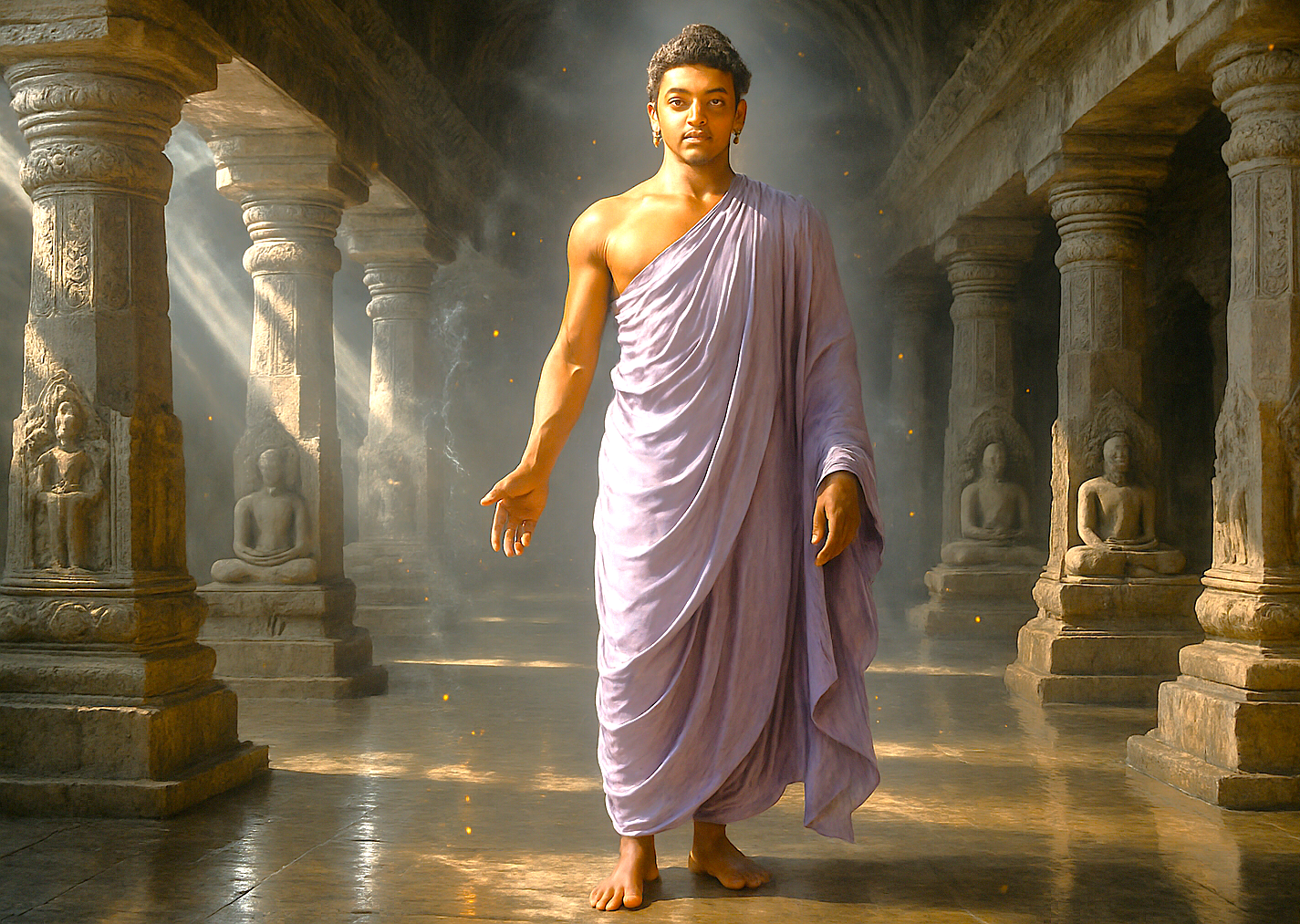
The connection to deities is deeply woven into the fabric of the caves. Shiva, prominently featured in the Kailasa Temple, is among the most revered deities, symbolizing transformation and creation. According to legend, the temple’s intricate carvings depict various narratives from Hindu mythology, including depictions of the divine dance of Shiva. This imagery plays a pivotal role, both in spiritual observation and in the storytelling tradition prevalent in the region. In addition to Hindu deities, the caves also reflect Buddhist beliefs, with many caves dedicated to Buddha and Bodhisattvas.
Festivals of Devotion: Honouring the Sacred and the Divine
Ellora Caves Aurangabad India. Revered for their architectural beauty, they also serve as a backdrop for various religious festivals that honor the divine. The Kumbh Mela, held every 12 years in regions across India, often includes celebrations near these caves, drawing pilgrims from all corners of the country. Another important festival is Shravan, celebrated in the month of July and August, dedicated to Shiva. During this period, devotees often visit the caves, especially the Kailasa Temple, to offer prayers and seek blessings. The vibrant atmosphere during these celebrations fills the air with chants and hymns, with many congregating to partake in rituals, contributing to a sense of community and devotion.
Ancient Technologies: Sacred Sound, Geometry & Astrological Influences
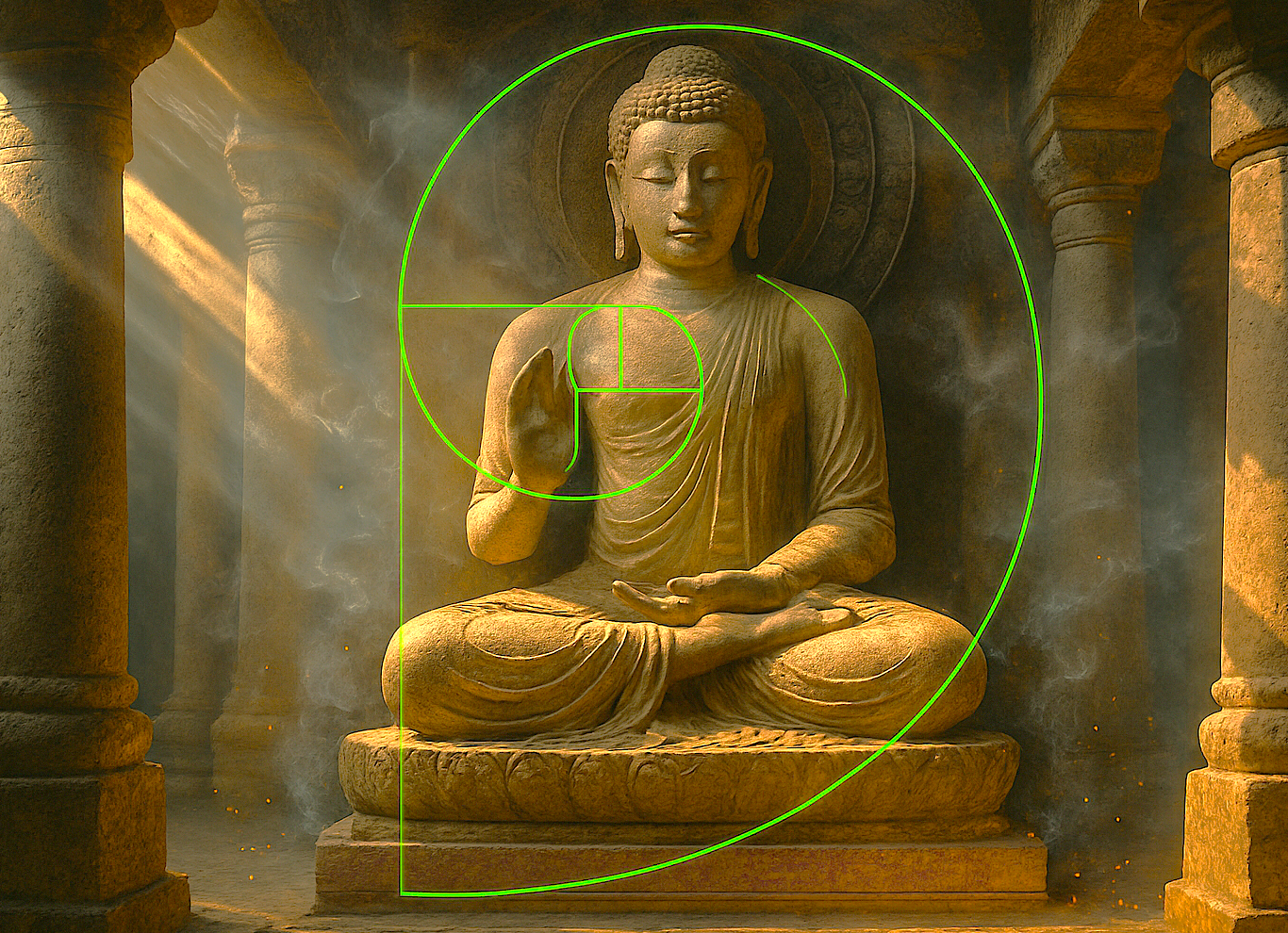
The caves demonstrate an understanding of Vastu Shastra and sacred geometry and acoustics that ancient builders employed to create resonant spaces. For instance, the layout of the Kailasa Temple embodies intricate design principles that align with astrological phenomena. Sound waves interact with the wall formations, enhancing the auditory experience within these sacred spaces. Some researchers suggest that chanting within these environments may resonate with specific Solefeggio frequencies, such as 528 Hz, known as the “Love Frequency,” which is thought to promote healing and transformation. This intricate interplay between geometry, sound, and spirituality contributes to a profound atmosphere that can be felt as we traverse these hallowed grounds.
Serendipitous Meetings: Beyond the Main Path
Often, we come across artisans proudly displaying their crafts in small workshops nearby. Here, we might encounter potters shaping clay into beautiful pieces inspired by the designs and motifs from the caves. Their dedication to preserving traditional skills is meaningful, highlighting the rich cultural tapestry woven into daily life. In the markets, the vibrant energy captivates as we explore stalls filled with locally made handicrafts, textiles, and organic produce. The immersion in this dynamic environment enhances our experience, allowing us to interact directly with the community while discovering the history and artistry that thrive in everyday life.
Resilience and Renewal: Overcoming Adversity’s Challenges
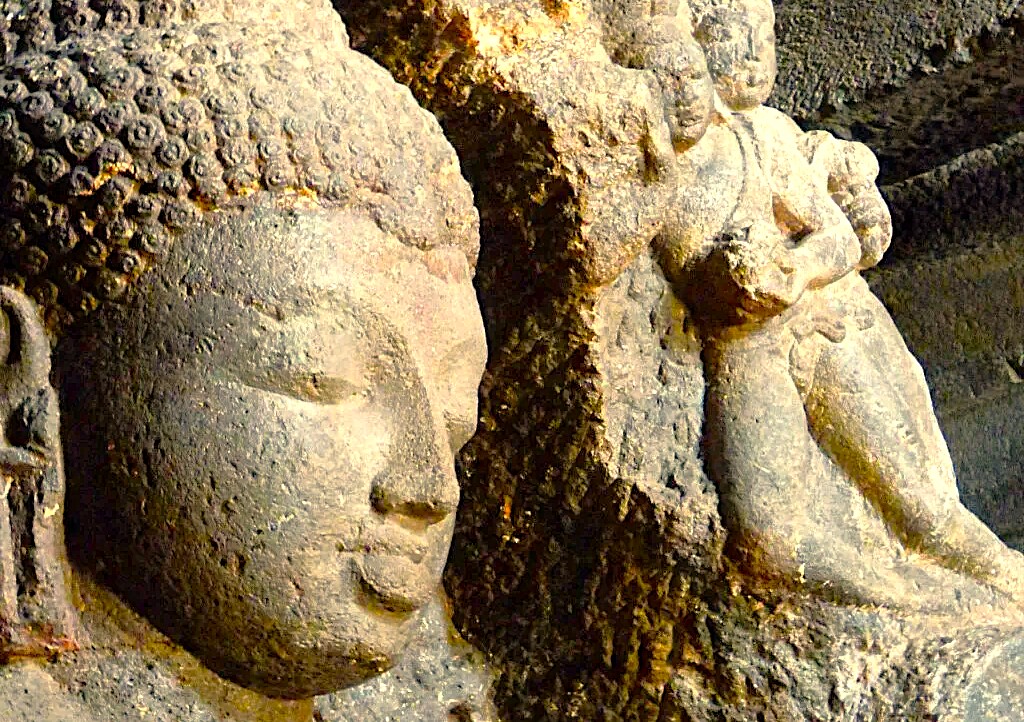
Ellora Caves Aurangabad India. The history of the Caves is marked by various challenges that have tested the resilience of the local populace. In 1660, the region faced significant turmoil during the Mughal Empire's expansion. Fortifications were tested, and the caves occasionally served as refuge for those caught in the crossfire of battles. The local community demonstrated remarkable spirit, working together to restore damaged structures and maintain the cultural site. In more recent history, significant efforts have been made to protect the caves from erosion and environmental degradation.
Urban Legends: Strange Sightings, Myths and Mysteries
The Caves are rich with local legends and mysteries that enhance their allure. One prevalent tale involves the mystical appearance of a deity who is believed to guide those lost within the depths of the caves. Locals recount stories of finding hidden paths and discovering sacred relics that have vanished over time, seemingly left by divine intervention. Another legend tells of a secret tunnel connecting Ellora to the nearby Ajanta Caves, which has fueled imaginations for centuries. Although no concrete evidence exists, the idea that ancient artisans might have used such tunnels to transport materials or share artistic wisdom adds a layer of intrigue to the historical narrative.
What Are You Waiting For - Let's Get Going
As we draw our exploration of the Ellora Caves Aurangabad, to a close, we invite you to join us on this remarkable journey. We will uncover the mysteries woven into the stone and engage with a community that thrives on its rich heritage. We will share in the culinary specialties that tell the story of an incredible region, delight in the art that has transcended time, and exchange meaningful experiences with local artisans and residents. You’ll find that every moment spent here enhances our understanding of ancient wisdom, modern traditions, and the warm spirit of the community that resides alongside this UNESCO World Heritage Site.
Symphony of Generosity: Offerings from Wanderers to Residents
As we engage with the local community, we witness a beautiful exchange between those who explore and those who reside here. Artisans express their culture through crafts, while we, in turn, appreciate their work and support local economies by purchasing handmade goods. This interchange fosters a sense of understanding that transcends boundaries. The warmth and hospitality of the local residents create an inviting atmosphere, enriching our experience as we explore the site and its surroundings. As we celebrate each other's contributions and stories, we contribute to the ongoing narrative of the Ellora region, ensuring that the tales of the past, present, and future continue to thrive in a shared journey of discovery.